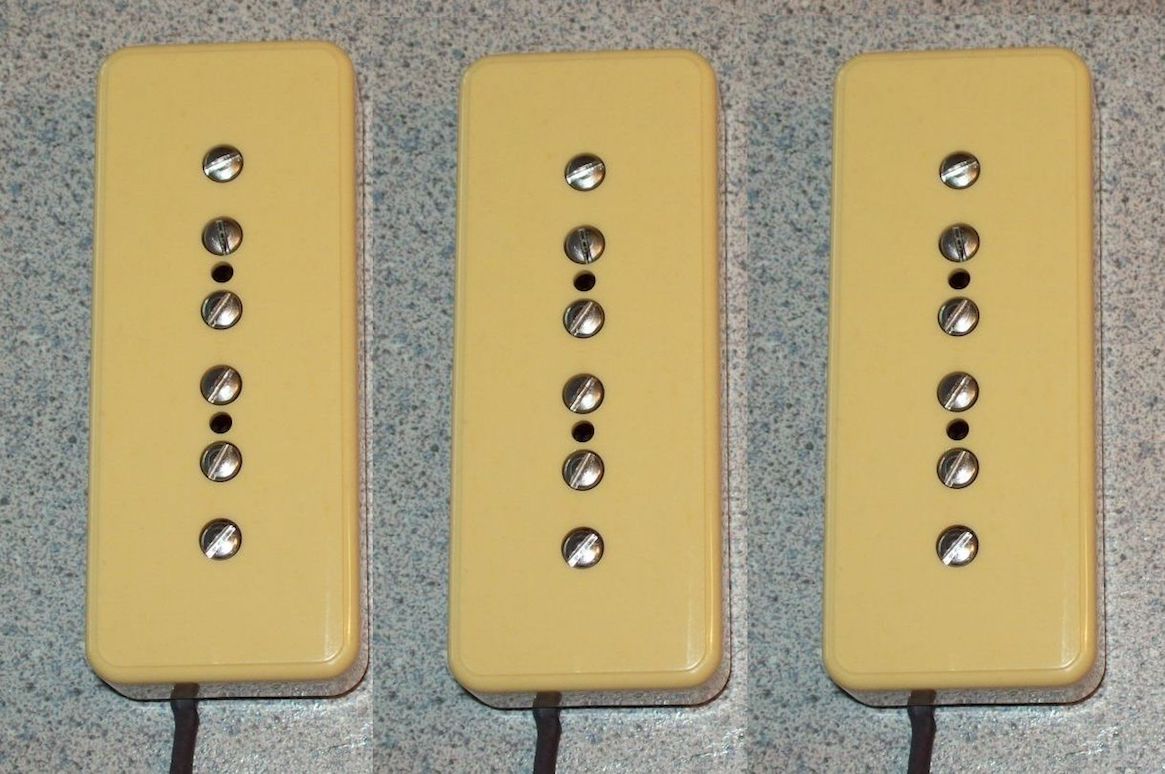
On Feedback, Good and Bad
In this article, Pete Biltoft at Vintage Vibe Guitars describes the various causes of guitar feedback, both good and bad, and provides some suggestions for eliminating unwanted feedback.
Thanks again to Pete for the permission to post this here!
June 2013
Howdy!
Feedback: when it is used in an appropriate, controlled manner it can be glorious; when it appears unwanted it is about the worst sound ever. In this Tech Tips newsletter both types of feedback will be discussed.
Let’s start with the undesirable out of control high pitched screech we want to eliminate, and then move on the good stuff.
Unwanted microphonic feedback in guitars with magnetic guitar pickups usually arises from one or more of the following sources listed below. With each of these sources I have added suggestions in italics for eliminating the associated feedback.
Vibration of the coil windings inside a magnetic pickup. Most modern pickups are potted in molten wax under vacuum to reduce the possibility of unwanted microphonic feedback.

Les Paul’s Estate Auction

The auction company put together a beautiful 400 page book listing the items of the estate. In case they end up taking down the book, I have saved the PDF here (68MB) for posterity.
The estate items range from the awesome, to the slightly disturbing, to the nostalgic and the just plain silly. Let’s take those in order:
- awesome: tons of guitars of all types, prototypes, design drawings and notes, amps, oscilloscopes and test equipment, electronics (pots, tubes, caps, transformers, etc), mixing desks and early multitrack tape recorders, and even some hand-cut wood acoustic wall panels
- slightly disturbing: his social security and union cards, Chase credit card, drivers license, passport, Christmas cards, and signed checks. Oh, and a white terry cloth bath robe.
- nostalgic: photos, awards, scripts and letters, the bronzed army boots that Les was wearing when he met Mary Ford, and his gloves and glasses. Ok, also slightly disturbing!
- just silly: $400 of used picks, a New York state license plate reading Les Paul, a signed vegetarian cook book from Linda McCartney. Lots and lots of turtleneck shirts. Apparently the license plate sold for $10,000!
- I don’t know where this fits- but a top-hat given to Les Paul by Slash (Valued at $6000-$8000! Hah!)
Man, did Les Paul have an amazing guitar collection!
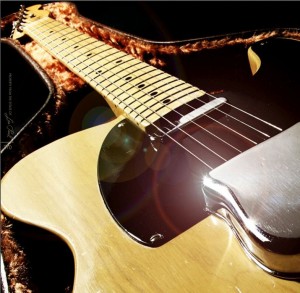

A Little Love for the Les Paul Tribute Plus

This model seems to be a diamond in the rough at Epiphone- a truly great collection of features, including the awesome Gibson ‘57 Classic pickups, for a very competitive price.

Maybe they’ve finally decided to seriously promote this gem of a guitar!
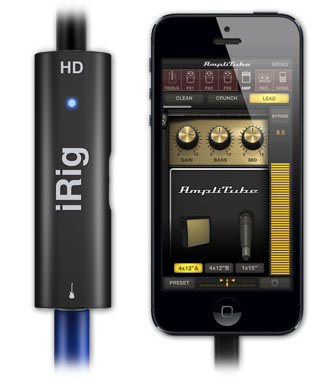
New Amplitube iRig HD interface

There are also a number of products that instead connect using the dock connector on the bottom of the iDevice, for example the Apogee Jam, Sonoma GuitarJack, Alesis iO Dock and Line 6 Mobile In. These interfaces have their own A/D converters, and pass the signal digitally to the iDevice providing higher quality audio. The downside is that you can’t charge the iDevice on battery while using the interface, which may be an issue for live performance and recording.
There’s a new contender in the dock-connected interfaces, and it looks pretty nice: the IK Multimedia iRig HD. In appearance, it looks very similar to the Apogee Jam. I prefer this style of interface, rather than the Sonoma, and Line 6 approach which have the entire unit hanging off the dock – that seems very precarious and likely to break the dock.
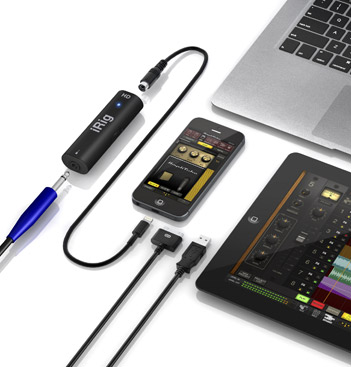
All that said, I’m perfectly happy with my DIY interface for practice, but if I was using it for recording or live performance, I might consider buying this iRig HD.
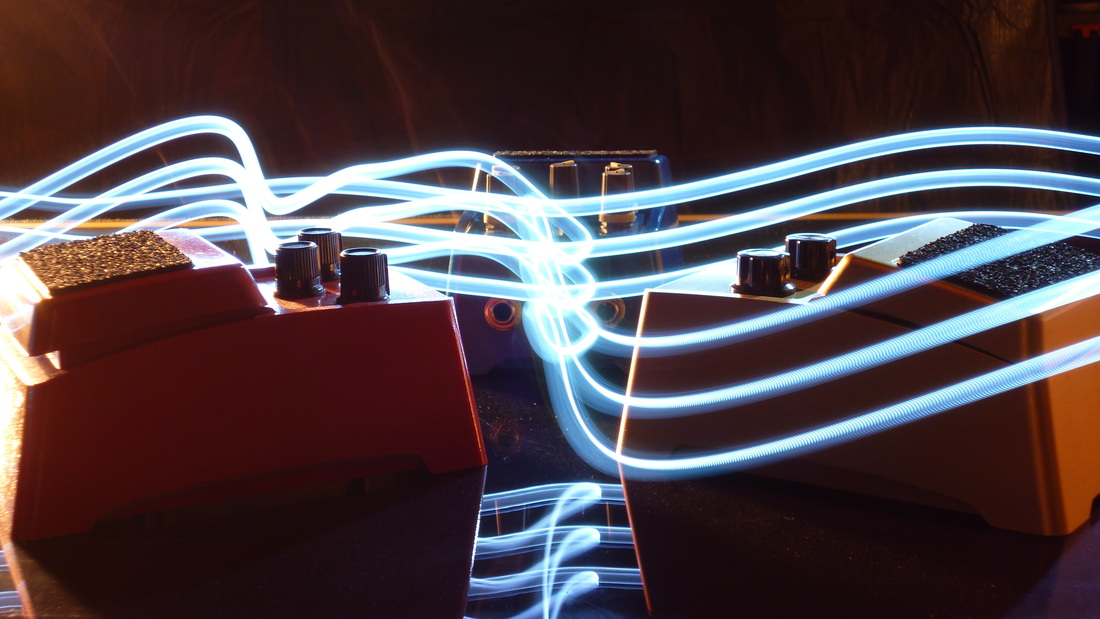
Alternative Pedal Enclosures from Rixen
In pedal building, we almost exclusively see the Hammond-style diecast aluminum enclosures. You know their names- the ubiquitous 1590B (aka 1290NS) and its plus-size cousin the 125B. Then there’s the larger 1590BB, and the tiny and temperamental 1590A. What these all have in common is the simple generic rectangular shape.

Typically, the only way for DIY pedal builders to achieve that look was to buy an old pedal and gut it- but then you’re stuck with the original pedal’s drilling layout.
Now there’s a new option- I just came across these new enclosures from Rixen Pedals.
